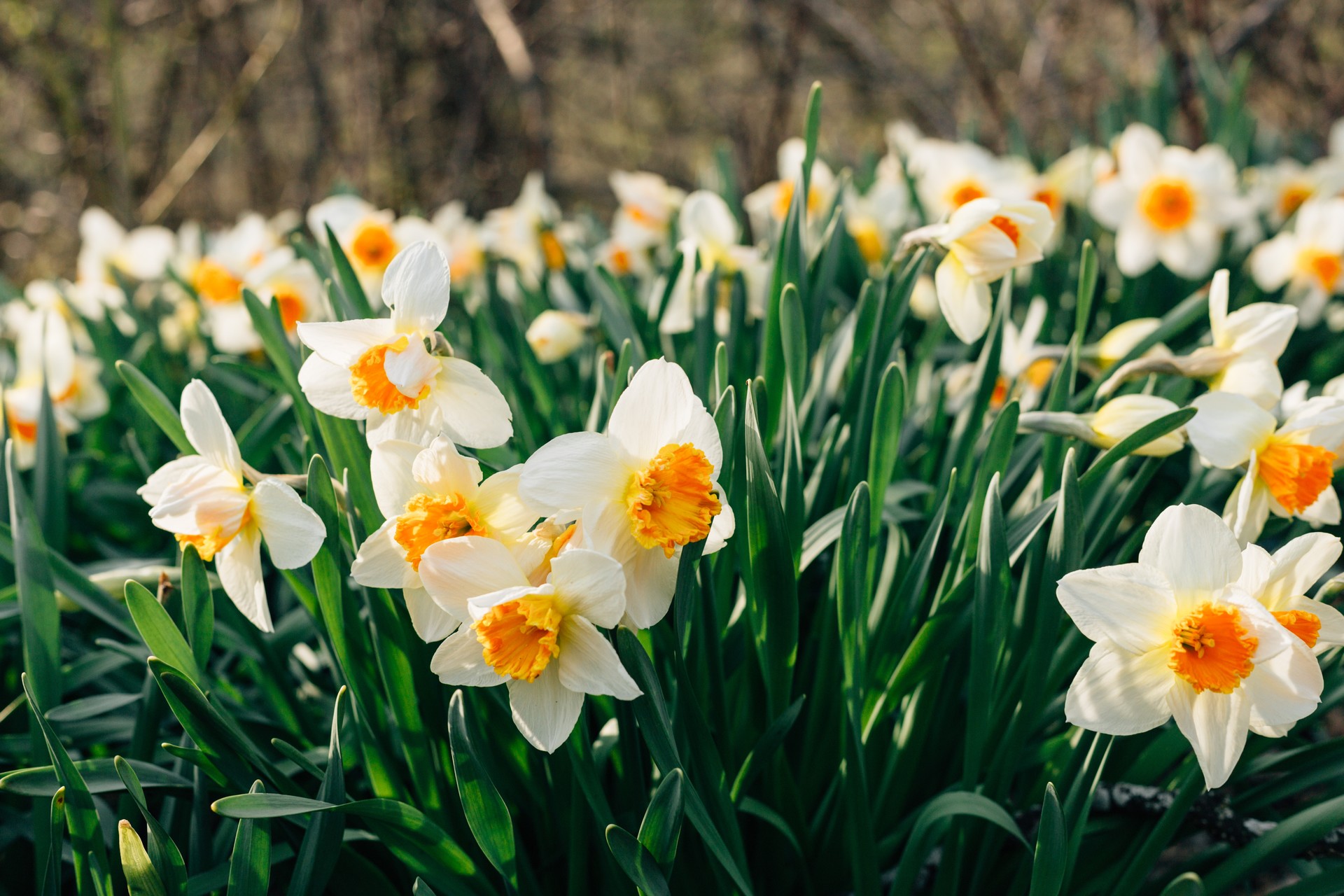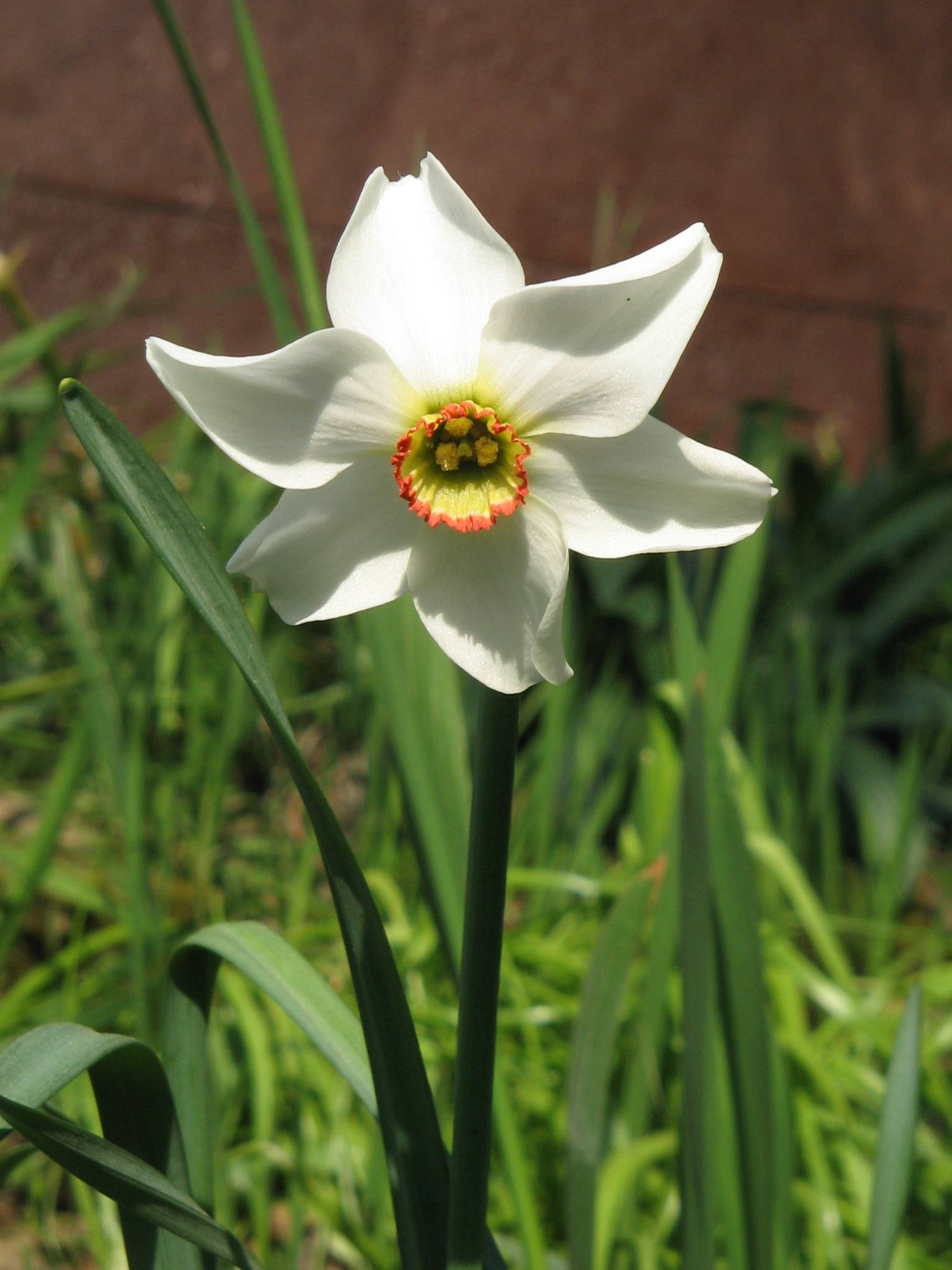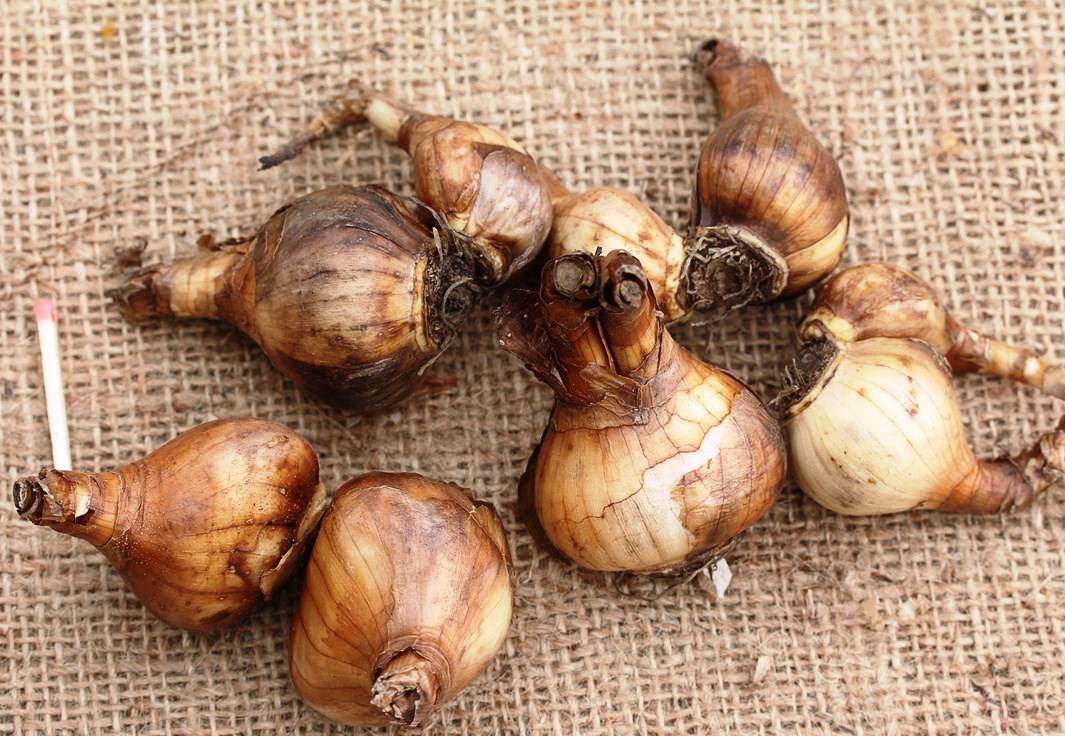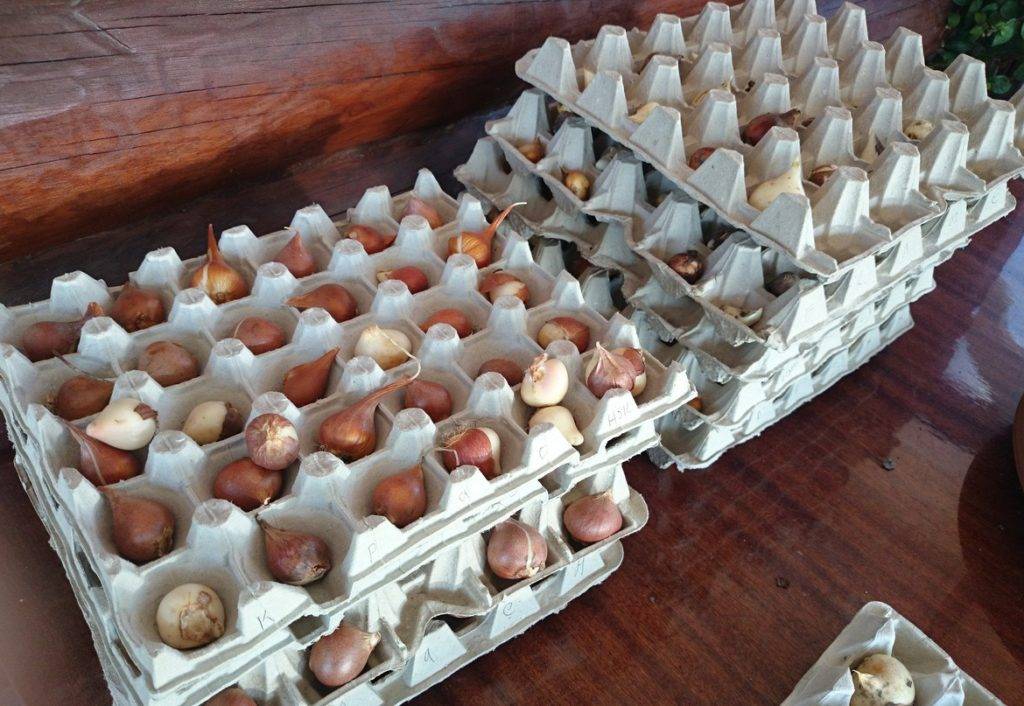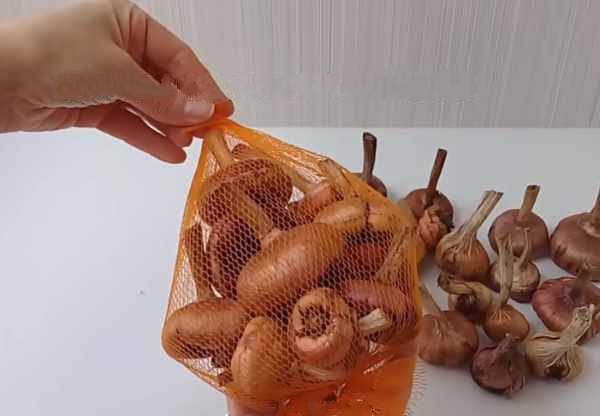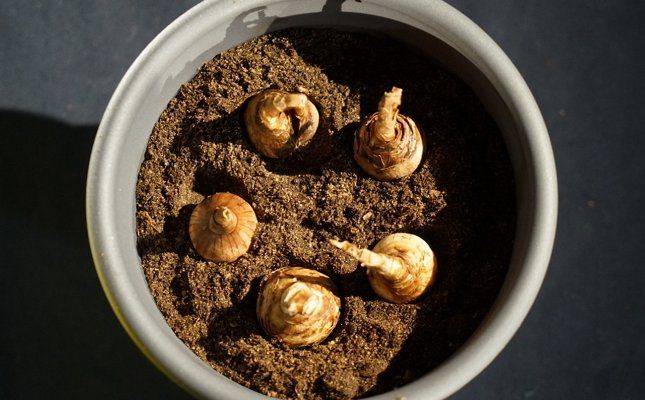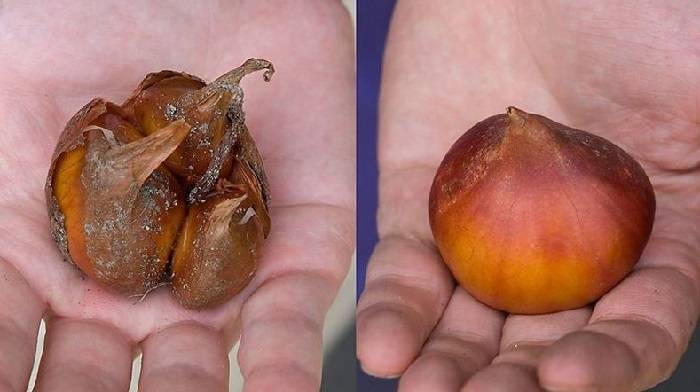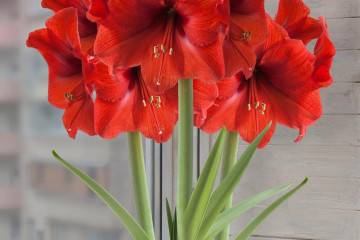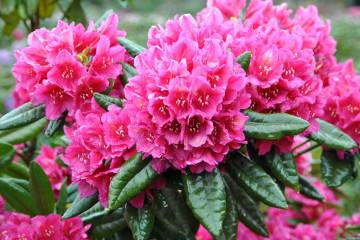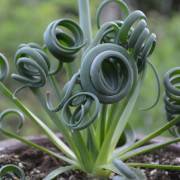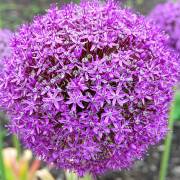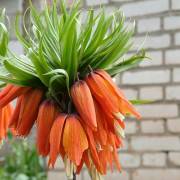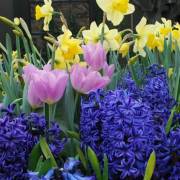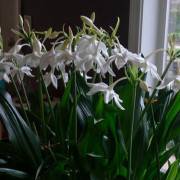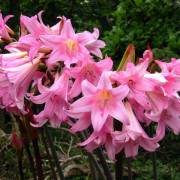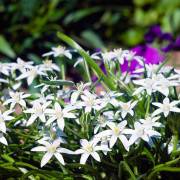When to dig up daffodils after flowering
Content:
When to dig up daffodils after flowering and tulips is perhaps one of the most common questions gardeners ask. The topic is really relevant, because if you do it wrong or out of time, blooming crops will die.
General information about the daffodil plant
The primrose forms an egg-shaped bulb, the entire area of which is covered with brown scales. In one place the plant grows for more than one year, children are formed around it, which during the onset of the next growing season become independent crops.
The leaf plates grow from the root, their shape is oblong and narrow, the color is gray-green. With the onset of April-May, the plant produces a long peduncle, at the top of which a flower begins to form. As a rule, the diameter of the flower ranges from 4-6 cm. The duration of flowering is usually about two weeks.
Features of growing daffodils
Before figuring out when to dig up daffodil bulbs, you need to familiarize yourself with the generalized features of growing this plant in your garden.
Narcissus belongs to unpretentious plants in growing and caring, but there are subtleties that you should definitely know. Plant the bulbs in a place protected from drafts and with plenty of sunlight.
The plant loves neutral soil, which was previously fertilized with rotted humus. If the soil is alkaline, then dolomite flour must be added to its composition; with increased acidity, the indicators are normalized with wood ash. Sand and peat are added to clay soil, and mineral / organic fertilizers and black soil are added to sandy soil.
The place for transplanting daffodils should be open and dry, since high humidity can provoke the development of fungal diseases.
Ideal time to harvest bulbs
A gardener for himself should always clearly know when to dig and plant daffodils. For example, if the daffodils did not bloom as large flowers as before, then it's time to plant the bush. You can dig up the bulbs in dry and warm weather.
The algorithm of actions looks like the following:
- Remove the bush from the soil and clean. Conduct a thorough inspection and analysis of the quality of the seed.
- Damaged, soft tubers must be discarded.
- In conclusion, it remains to divide the tuber colony and put them in the fresh air to dry.
Common daffodils grow in one place for at least 5-7 years, it is strongly not recommended to disturb them before.But hybrid varieties, a characteristic feature of which is the presence of large terry inflorescences, need a high agricultural background, so they need to be transplanted every year.
What varieties of daffodils daffodils do not need to be dug in the fall
Breeders annually present to the public a large number of new varieties, most of them no longer need to be transplanted annually. The most popular types of daffodils are:
- Trumpet or Tubular;
- Bunch-flowered or Multi-flowered;
- Large-cupped or Large-cupped;
- Jonquilla or Jonquilla;
- Small-cupped or Small-crowned;
- Cyclamineus or Cyclameniform;
- Triandrus or Triandrus.
To grow healthy and hardy plants, you need to pay special attention to the quality of the acquired planting material. The ideal option is to buy bulbs from breeders if you cannot grow them yourself, or buy from neighbors.
How to properly prepare daffodil bulbs for storage
In order for the planting material to be stored properly, it must be properly prepared. The preparation features are as follows:
- The first stage of preparation is thorough and correct drying. This should be done outdoors or under a canopy in a well-ventilated area. As a rule, this stage takes about a week. During this time, the tubers should be covered with a dense film.
- Accreted tubers must be divided without fail. If the “babies” are small and too tightly attached to the “mother”, then it is better not to touch them. They are not yet ready to lead an independent life.
- After drying, the seed is sorted. For storage, healthy, dense and strong bulbs are selected, on which there are no signs of the development of diseases or insect damage.
- Bulbs that have not been selected should be disposed of immediately. The best option is to burn them.
- The selected material is then sorted by size. This is done in order to make the autumn planting more convenient.
Unfortunately, a favorable environment for the life and reproduction of insects is created in the planting material, especially onion flies love the tubers. To get rid of them, it is recommended to place the bulbs in water with a temperature of about +45 degrees for several hours, and then dry thoroughly.
How to store daffodil bulbs at home
After digging up the bulbs, they need to be put in the open air for several hours. Do not allow direct sunlight to fall on the planting material, this is fraught with the appearance of burns. As soon as the soil has dried and began to crumble from the tubers, they can be transferred to a cool and well-ventilated room (the air temperature should not exceed +20 degrees). Gardeners use the following methods for storing planting material:
- In dry cellars in spacious wooden boxes. You can lay the tubers in layers, but be sure to put thick newspaper sheets between them.
- Quite often, the planting material is hung in a nylon, tulle or canvas bag.
- If there are few bulbs, then they can be planted in the ground, having previously prepared a flower pot. For the winter, containers must be stored in a cool room.
- If the grower has a heated balcony, then the seed can be stored there.
Some people mistakenly think that tubers are good for refrigeration. This is not recommended for the main reason - the tubers quickly accumulate dampness, from which they begin to hurt.
Treatment of tubers from diseases and pests
Daffodils, like most other bulbous plants, are susceptible to the development of fungal diseases:
- Penicillous rot leads to irreversible consequences.The tubers rot quickly enough that the gardener does not even have time to do anything. Infection occurs through infected rain / irrigation water or if the bulbs have been stored at low temperatures.
- Sclerotinosis is accompanied by the formation of black dots on the bulbs, around which a dense white bloom forms a little later. The bulbs affected by the disease die and do not emerge.
- Botrytis (among gardeners it is called gray bloom). It is difficult to identify the disease, since during its development, black spots form under the scales on the tuber. Infection occurs in most cases through the soil and through contact with infected bulbs.
- Fusarium or rotting of the bottom. The pathogen infects the plant through the roots. The bulb becomes soft with the progression of the disease. A white bloom also forms between the dark brown scales. If it is detected in a timely manner, the development of the disease can be stopped.
Disinfection of daffodil bulbs in autumn
Tubers can be processed not only in the fall after digging in preparation for storage, but also before planting.
| Pests / diseases | Remedy for the fight | Terms of use |
| Daffodil fly |
|
|
| Nematodes | "Nemaphos", "Carbation" | Thorough processing of bulbs and then plants |
| Against all fungal diseases | Universal remedy - Bordeaux liquid | Process the bulbs and then the plants as soon as the first leaves appear. |
| "Maxim" | Soak the bulbs for about half an hour before planting. |
The approach to dealing with disease and pest attacks must be comprehensive. Of great importance is not only the correct treatment of tubers, but also the prevention of the development of pathologies.
Daffodils are unpretentious and cute plants that, during their flowering, delight the eye with bright colors. Due to the large number of advantageous features, this flowering crop grows in almost every household plot.
